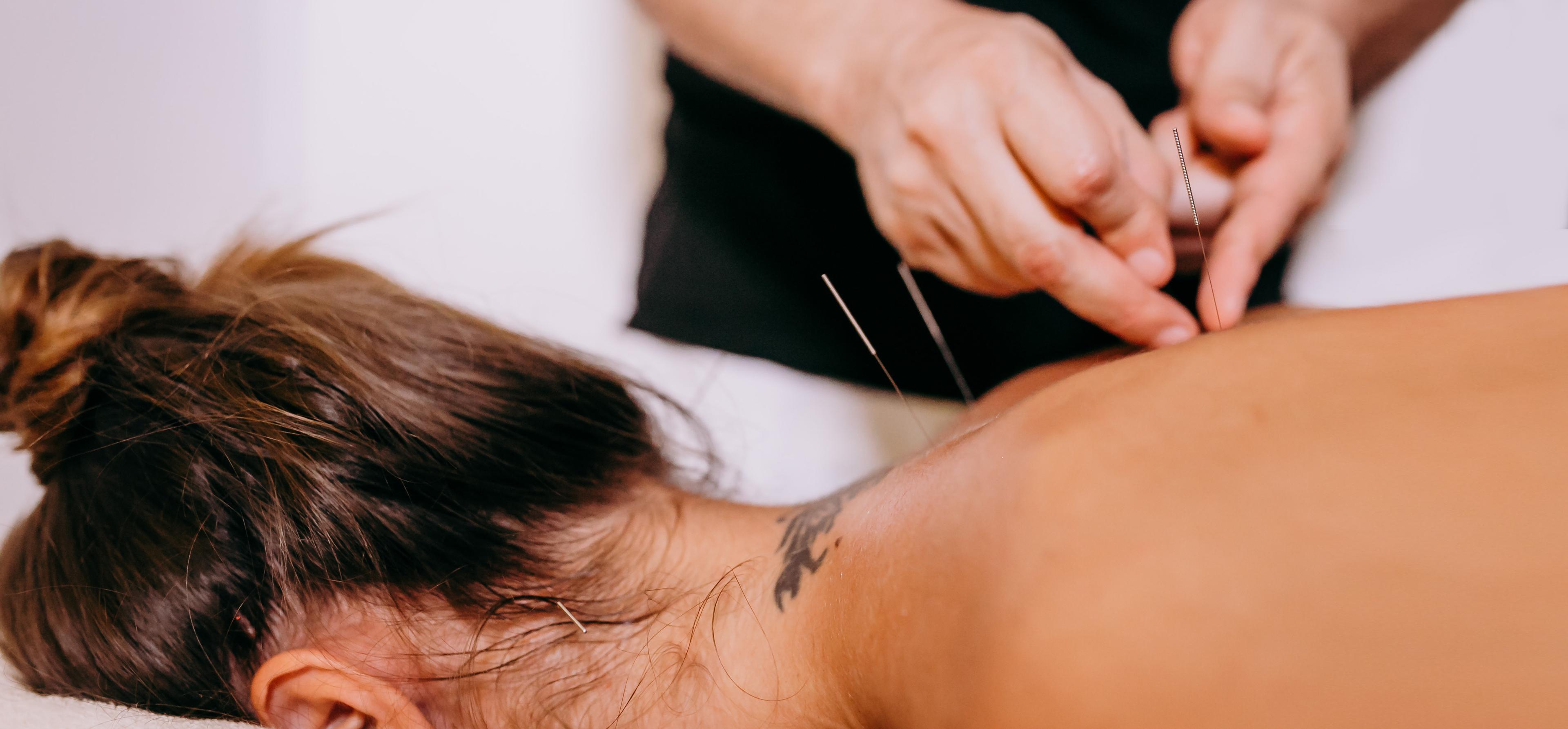Traditional Chinese Medicine TCM in Zurich
Traditional Chinese Medicine is a holistic healing method. It uses the cosmological laws of nature to balance any imbalances of Yin and Yang in a person. These laws of nature are the foundation of Chinese Medicine.
A person who lives in perfect harmony with themselves and nature is not supposed to get sick, since they live after the Dao. The Dao describes the way of living in harmony with nature. TCM is made up of 5 main areas, which are called the 5 pillars of Traditional Chinese Medicine. Through the different techniques of these 5 pillars, the harmony in an individual can be recreated again.
The 5 pillars are the following:
- Tuina /Anmo and Cupping or Gua sha
- Acupuncture and Moxa
- Herbal Medicine
- Nutrition
- Qi-Gong (Breathwork and meditation exercises)
PRICES HEALING PRACTICE TCM ZURICH
45 Minuten: 125 CHF
60 Minuten: 154 CHF
75 Minuten: 182 CHF
90 Minuten: 215 CHF
New prices from 01.07.2025
These prices apply to all treatments that take place from 01.07.2025.
45 minutes: 128 CHF
60 minutes: 160 CHF
75 minutes: 190 CHF
90 minutes: 225 CHF
Costs covered by health insurance 50%-90%.
No prescription from a doctor is necessary.
Most supplementary insurances cover the costs of a massage. Go to our health insurance page, select your supplementary insurance and see what therapists are recognised with your insurance.
DIFFERENT METHODS ARE BEING APPLIED IN TRADITIONAL CHINESE MEDICINE
Tuina
Tuina is the manual part of Traditional Chinese Medicine (TCM). Tuina includes different techniques which have different effects on the flow of energy. Among these techniques are stroking, tapping, pulling, vigorous rubbing, and deep pressing. In Tuina treatments, energy pathways are harmonized, pathogenic factors are eliminated and organ systems are strengthened. Similar to acupuncture, acupuncture points are being stimulated, but with the firm pressure of the fingers instead of needles. The therapist works along the energy pathways (meridians) and acupuncture points to release blockages and bring the energy in its natural flow. In China, chiropractic is also included in Tuina therapy. In Switzerland, however, chiropractic is not approved for Tuina therapists.
href=”/en/treatments/tuina-massage”>Read more here
A relatively renown method within Tuina is acupressure. Instead of massaging the acupuncture points through movement, the therapist applies static pressure on them.
Acupunkture und Moxa
In acupuncture, the therapist pierces thin needles into certain points of the body’s surface. These points are thereby stimulated and, thus, blockages in the energy flow are eliminated and complaints healed.
In moxa therapy, acupuncture points are also being stimulated, but not exclusively by needles, but through the heat from smouldering mugwort. This can be done in combination with acupuncture or used as a stand-alone therapy.
Chinese Herbal Medicine
In herbal medicine therapy according to TCM, the therapist puts together effective mixtures of medicinal herbs, which are individually mixed for the client. In the TCM system, there are so-called “ruling herbs” and “secondary herbs”. The ruling herbs bring the desired therapeutic effect and the numerous secondary herbs support the effect or promote the absorption capacity.
Nutritional Counselling TCM
In dietetics according to TCM, the goal is to create harmony in the body through nutrition. TCM uses a very natural diet, which is in harmony with the seasons. Since all people are different, in dietetics according to TCM, the diet is adapted exactly to the individual. It is looked at what he or she needs to bring the Qi back into its full flow – and to bring the body into harmony.
Cupping
As in traditional European naturopathy, cupping is also one of the detoxifying procedures. In China, this method has been practiced for thousands of years. Cupping removes toxins through the skin and stimulates blood circulation. There are different types of cupping. Three of the most traditional methods are dry cupping, bloody cupping, and cupping head massage.

